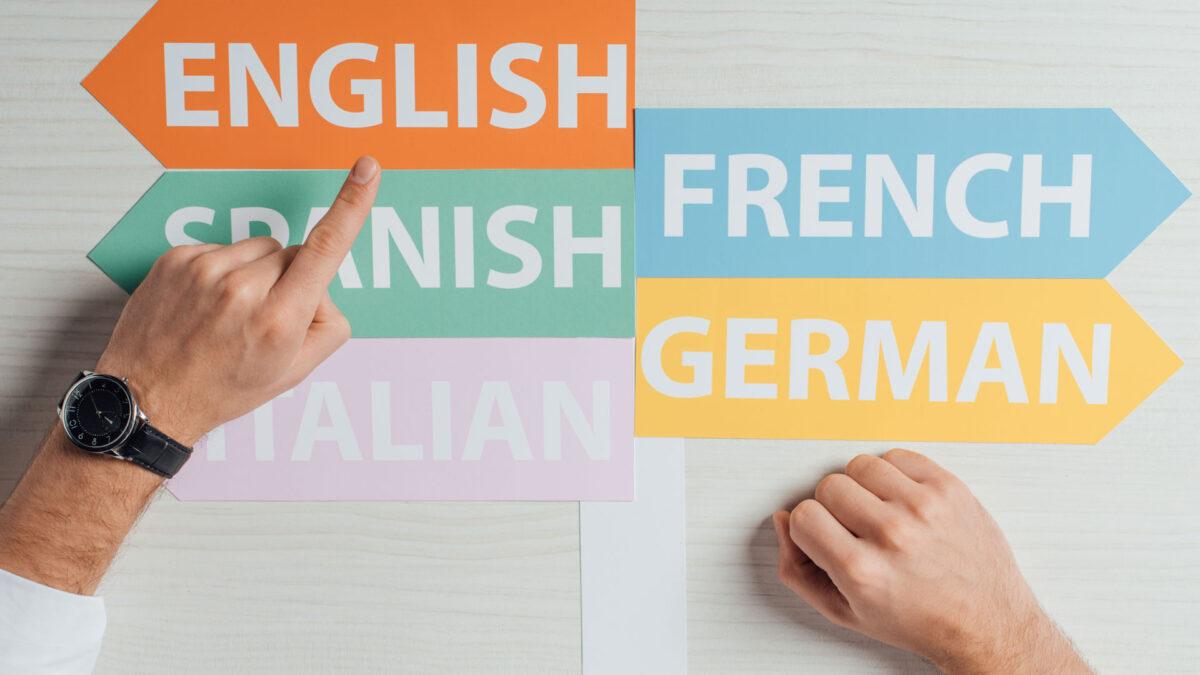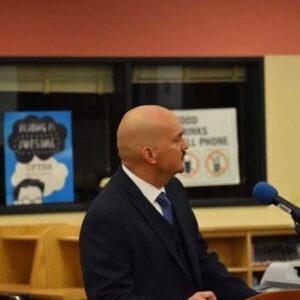
Altering Paradigms
October 10, 2023by Thomas Ryan
“You’re like an island,” one of my older Latino cousins said to me during a long discussion in my first apartment. It was one of those long into the night discussions, when you graduate with the sunrise, grounded with a new knowledge of self. He was right.
My Honduran mother and my Irish father had me before there was a national lexicon reveling in multiculturalism, diversity training, and now antiracist teachings. My learning about identity came from the playgrounds and fields of my youth. I knew where my parents were from. They were both very proud of their respective heritages and both cultures were celebrated. I was told often—and I repeated even more often—that I was “mixed.” Growing up in the ‘70s and ‘80s in a suburb of Washington, DC, you were “White,” “Black,” or “Other.” Other meant everyone else. I was always lumped in with the Others. My physical traits were too dark and different to be really Irish and too light and different to be really Honduran, yet I was missing something that kept me from embracing what can be considered really Latino. I was missing the language.
I remember stuttering in kindergarten. I specifically remember the worst times, when no matter how hard I tried, I was stuck. I would feel hot shame flush my face and my classmates’ laughter would fill my ears. I remember the kids who were nice. I also remember pushing one kid down the slide who wasn’t. Mrs. Reynolds (pseudonym) was my kindergarten teacher. I also went to speech class with Ms. Sunshine (pseudonym), as she called herself. They helped me “graduate” from speech supports and gave me positive school based experiences. As an adult, I slip up and still get stuck occasionally, but I have learned to quickly recover and keep moving.
A Choice No Parent Should Have to Make
That was a child’s view of my speech development journey. It was a successful journey, considering the anecdotal evidence. As I got older though, I realized something else had happened. School staff presented a terrible choice to my mother. Educators told my mother to stop speaking to me in Spanish, because it was hurting my ability to learn and comprehend English, as well as my overall speech development. I can only imagine the gut punch my mother received that day.
My mother would sing, talk and even pray with me in Spanish daily. Some of my first words were Spanish. I heard Spanish not only in my house, but my mother’s side of the family was always speaking and singing in Spanish! I was well on my way to being fully bilingual. Now, she had the experts telling her to stop this part of her culture. She was told she had to stop speaking to me in Spanish so that I would be successful in school. Now the songs, talks, and even prayers were in English at home. I was only five years old, and this new English pathway paved over what became the linguistic graveyard of my budding Spanish language.
I know my teachers were acting in good faith. This was elementary school in 1978. That was the prevailing school of thought then. Since then, “research has shown the possibility of acquiring two or more languages simultaneously as well as the cognitive benefits of multilingualism” (Language Kids World, August 2019). Today, a wealth of resources demonstrates a different truth about our multilingual learners. English is the language in the classroom setting. Parents are the gatekeepers of their children’s first language at home. There is much talk about building classroom communities and supporting children’s social emotional wellbeing. One simple way to immediately build that first step is for the school to emphatically declare that it is in children’s best interests to continue learning their first language at home. Larry Ferlazzo writes in Education Week that “recent research found that careful and strategic use of a student’s primary language—whether through a translation by a teacher, peer tutor, bilingual aide, or assistance from students themselves—can in fact help English language learning, particularly in understanding grammar concepts, vocabulary, instructions, and in developing teacher-student and student-student relationships” (January, 2017).
Where Do We Go From Here?
Educators can do a few things that are within their locus of control:
- First, commit to pronouncing children’s names correctly. If they do not know how, ask them. If students do not answer at first, give them space and respectful wait time. Then ask “How does your mom say your name? Dad? Brother? Sister? Abuela?” If you are seeking that information, a phone call home, a talk at dismissal can be used as tools to continue the work. Pronouncing student’s names correctly is an excellent base layer of respect given. It will be the first part of the foundation you build with your students and classroom culture.
- Second, celebrate and incorporate the wide array of languages found in their classrooms, hallways and often laced throughout conversations with colleagues. These celebrations also demonstrate a commitment to equity work. They can start with languages their students speak at home. If an educator is in a majority monolingual school, simply infuse your classroom or school with celebrations of language.
Please note, the real work goes beyond bulletin board words and posters up during Cultural Heritage Months. Reach out to parents, community figures, and organizations for partnership ideas. Schools should have all pertinent materials translated and readily available to parents. Spend the money to have storytellers, speakers, and musicians for school wide assemblies. Talk with your ESOL teachers and bilingual staff about strategies to incorporate different language learning opportunities in their community. One idea would be after school programs. My previous school created an afternoon Spanish class. We had seven sections with a growing wait list. Recruit parents to volunteer for lunch and recess duties. This is a powerful driver for not only parental involvement, but it is an excellent way for parents to work their way up as school employees. I can attest to at least five parents from my previous school who volunteered their way into paid positions. Imagine the pride and joyfulness their families felt with their loved ones earning that opportunity, regardless of if English is their first language or not.
- Finally, above all else, educators should vigorously support, defend and celebrate a student’s first or third language and advocate for them to keep it. Whether it is in an IEP meeting, Back to School Night or any parent-teacher communications, a demonstrated commitment to students always starts with a respect for how their names are pronounced, or what language their mom greets their child’s teacher on the first day of school.
Finding knowledge of self is a difficult enough journey during your lifetime. It is better to see and feel the warm embrace of your community on that journey, rather than an island view of two cultures from a distance.





